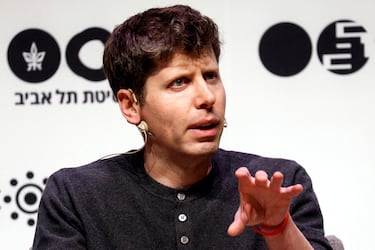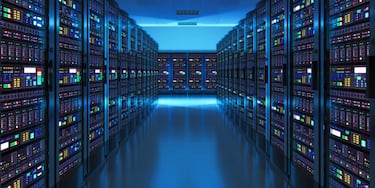AI has a rampant, yet unexpected problem that is putting the world at risk: water consumption
Tech companies have been pursuing artificial intelligence with such intensity, that their water consumption has shot through the roof putting the world at risk. Here’s what is going on.

Water consumption by large technology companies that are working on artificial intelligence such as ChatGPT is starting to be a matter of concern. Data centers need water to cool the equipment that processes millions of calculations and requests in real time, and its use is increasing dramatically as time goes by. For experts, this is yet another danger to add to the backpack of artificial intelligence along with the generation of obscene images or the dissemination of fake news.
Water consumption by AIs has increased dramatically and could become a serious problem.
According to Microsoft’s 2022 sustainable development report, the company’s water usage has increased by 33%, with a total of 6,435,200,032 liters. This amount would be the equivalent of filling 2,500 Olympic-sized swimming pools. This is a drastic increase considering that between 2020 and 2021 the company’s water consumption only rose by 14%.

On the other hand, Google has also substantially increased its water consumption: 20% more than last year according to its most recent sustainable development report. The company reportedly used a whopping 21,198,305,990 liters of water last year - the equivalent of irrigating 37 golf courses annually.
What is the reason for this? According to Shaolei Ren, a researcher at the University of California, this increase in water consumption by big tech is due to an increase in the use of artificial intelligence. Ren told AP News that he estimates that every time between five and fifty questions are asked of ChatGPT it is equivalent to consuming half a liter of water.

Related stories
The huge consumption of water is not the only problem in itself; it must also be taken into account that in many cases it is water that is fit for consumption, a commodity that is unfortunately becoming increasingly scarce. Moreover, some of this water ends up evaporating in the cooling process, so 100% recycling is not possible. Since 2021, Google has been looking for alternatives to drinking water consumption in its data processing centers. Some of the options being considered include the use of recycled water, wastewater and even seawater.
Other more ecofriendly methods for cooling data centers are simply to build them in very cold latitudes, or to develop infrastructures that require less water for cooling.

